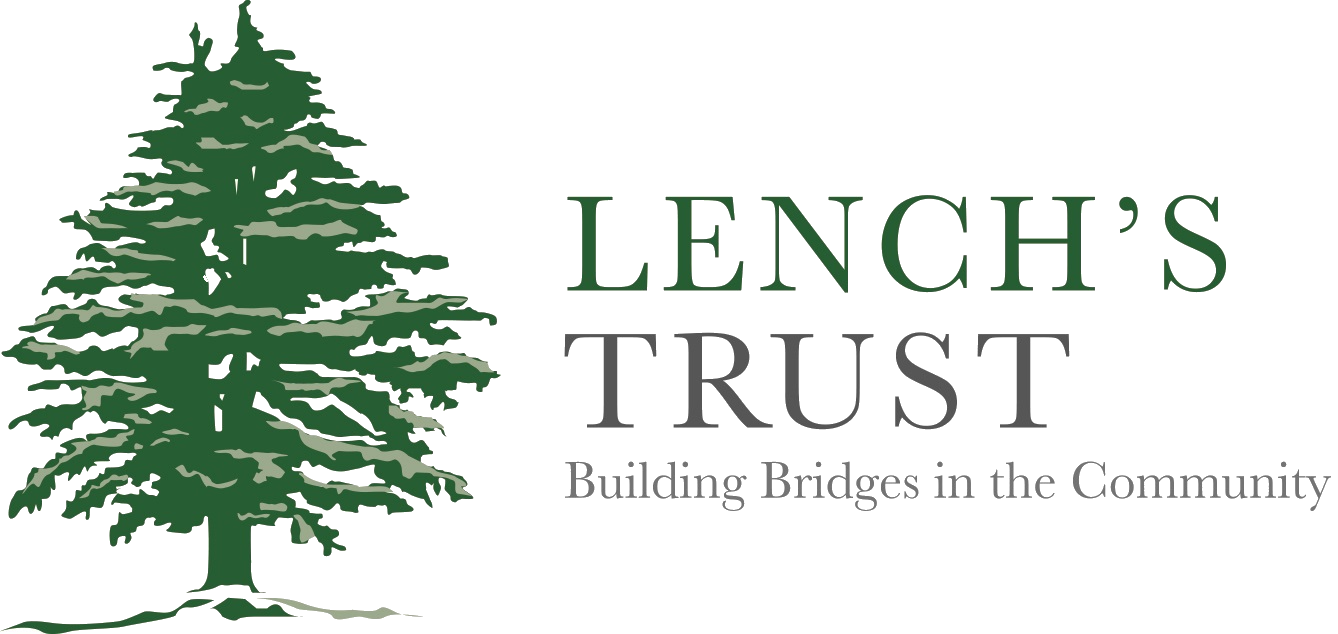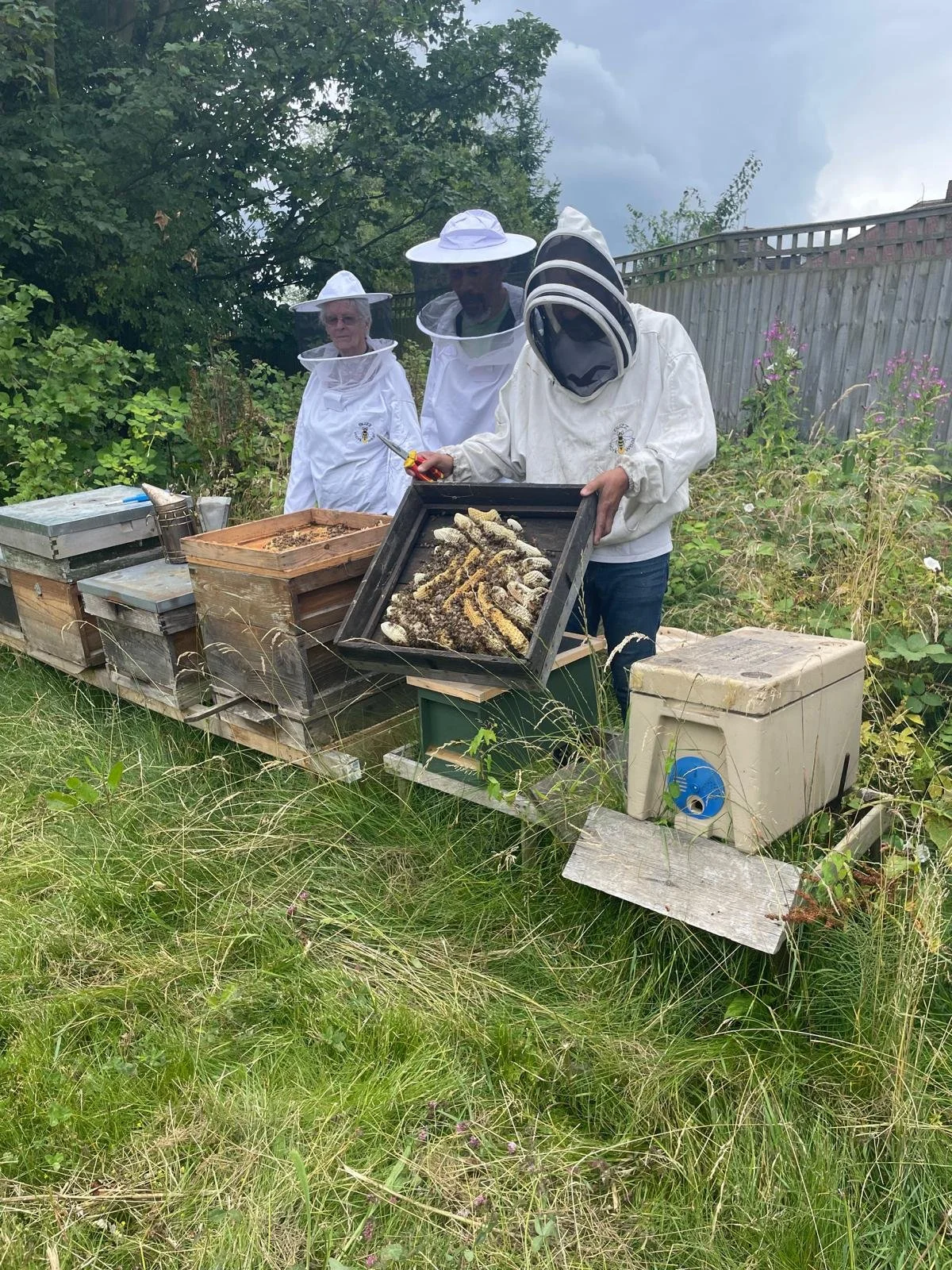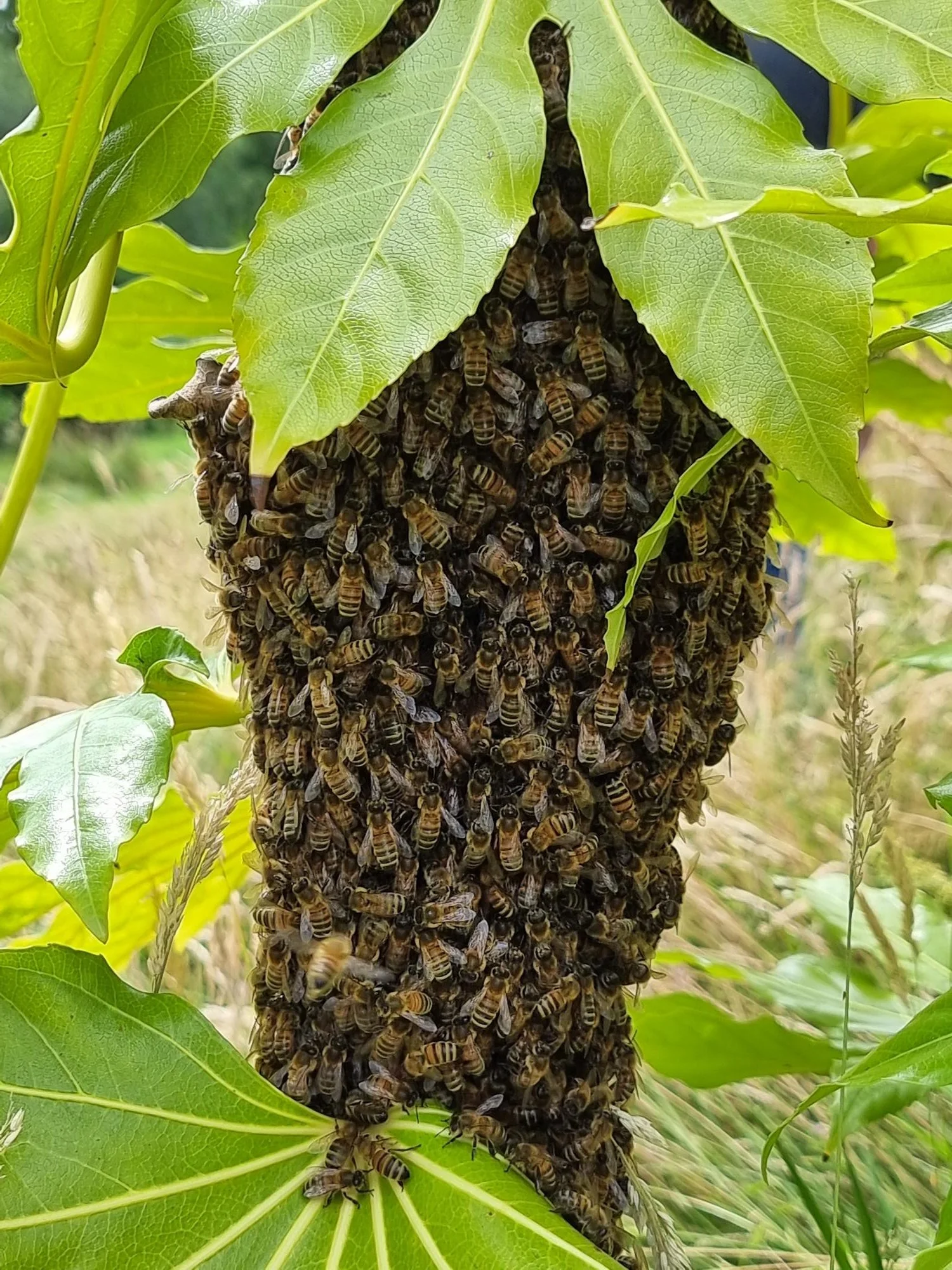
Our
🐝
🐝
Bees
We have our very own beehives on site at William Lench Court and Lench’s Close, from spring to late summer these worker bees work tirelessly producing honey from the local flowers.
These beehives have been provided and are maintained by Bee Keeper, Darren Welcome, at Hives and Honey who then collects the honey for us when it is ready for harvesting.
Gallery
Un- -lievable
bee
facts
A strong colony of around 60,000 bees flies the equivalent distance from earth to the moon everyday!
A bee's body is covered in branches hairs, a bit like feathers. This makes it easy for pollen to get trapped in the hairs. As the bee flies its hairs become positively charged. The pollen grains are negatively charged so the pollen is attracted to the hair and sticks.
Bees are ultrasensitive to blue into ultraviolet and are more likely to fly towards that colour, when it comes to red though bees are totally blind to it.








